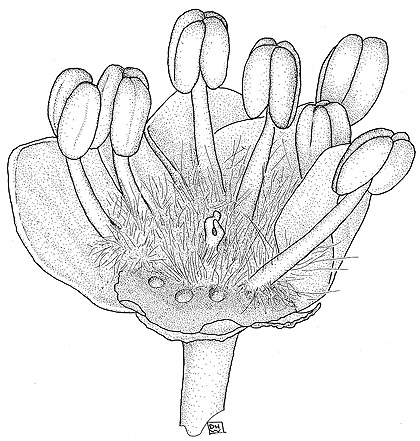
By David Wagner
 |
| acer macrophyllum male |
“The force that through the green fuse drives the flower …” April could well be Dylan Thomas month. Looking up at trees, I am overwhelmed by the urgency of the leaves unfurling and flowers bursting from every bud. Walking under cottonwoods along the riverbank paths makes me giddy with the fragrance released by their fallen resinous buds. All six local native willows have their buds popping open. Pussy willows are called this because the young catkins are softly furry like a kitten. The technical term comes from Dutch for little cat!
Incense cedar pollen dispersal took place back in January. Heaps of spent pollen cones that accumulated in rain gutters gave evidence of the millions of pollen grains that blew over the landscape. In April there may be another rain of cones, this time the aborted female cones that didn’t get enough eggs fertilized to make it worth investing in full development of seed cones. It demonstrates that wind pollination, despite seeming to exhibit overproduction of pollen, is not always effective. Darn that winter rain!
The larger animals had their breeding season last fall and are now in late gestation, getting ready to bring forth young when nature’s bounty is most abundant. Birds and small mammals are entering their main breeding season.
The sex life of flowering plants is not nearly as obvious. The bigleaf maple has one of the most complex. It has four different forms of unisexual flowers, two pairs that emerge at different times on two mating types.
David Wagner is botanist who lives and works in Eugene. He teaches moss classes and leads nature walks. He may be reached at fernzenmosses@me.com